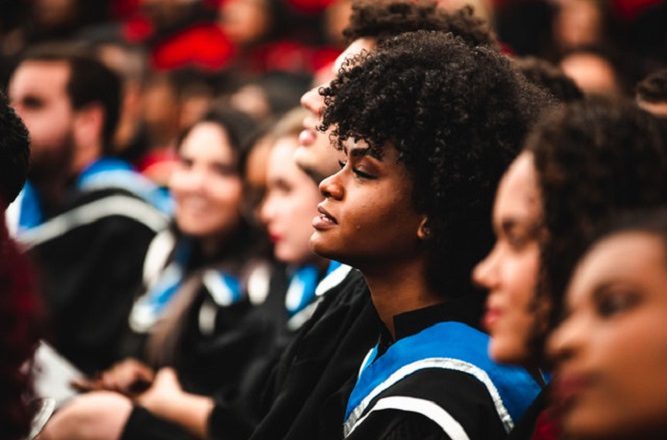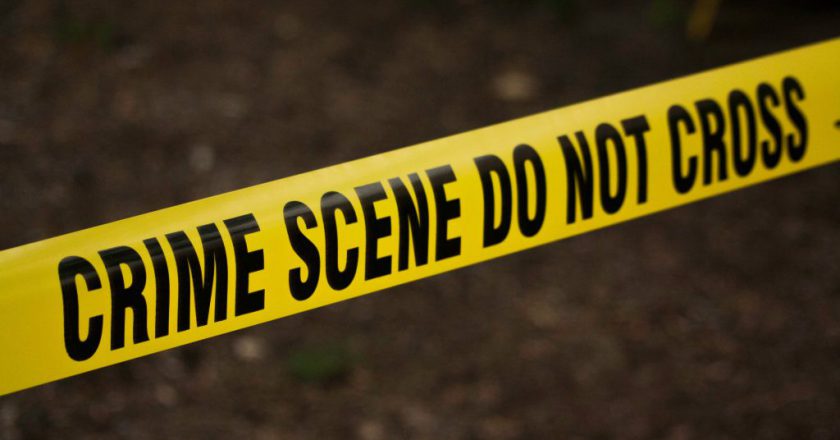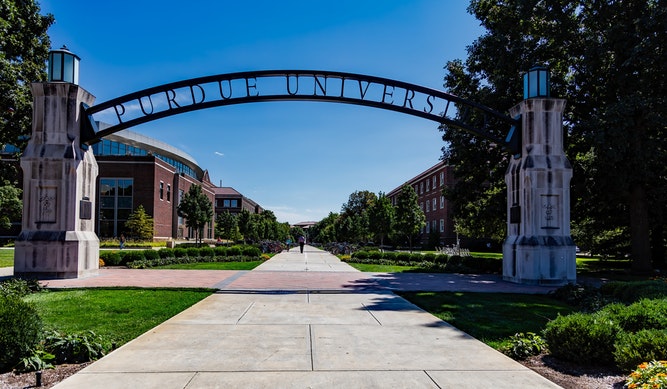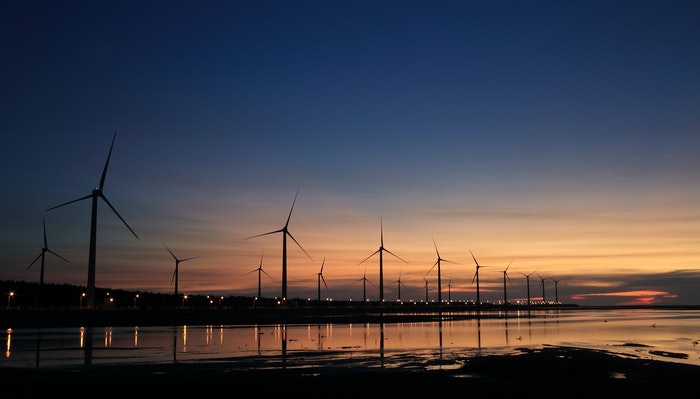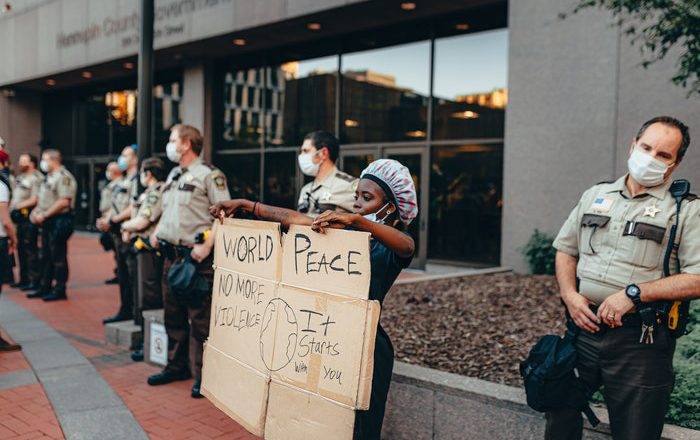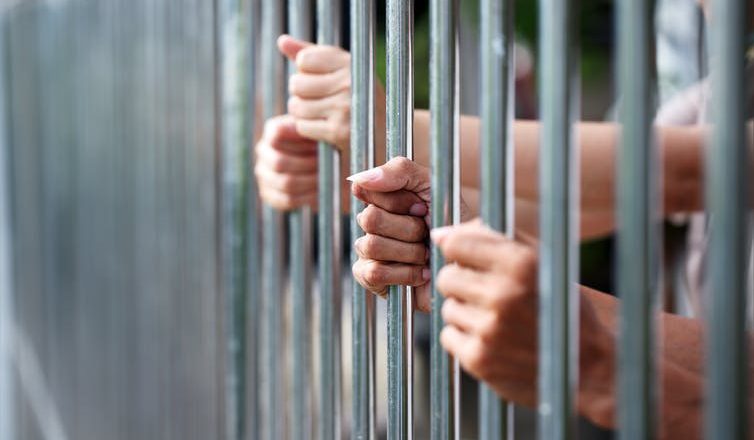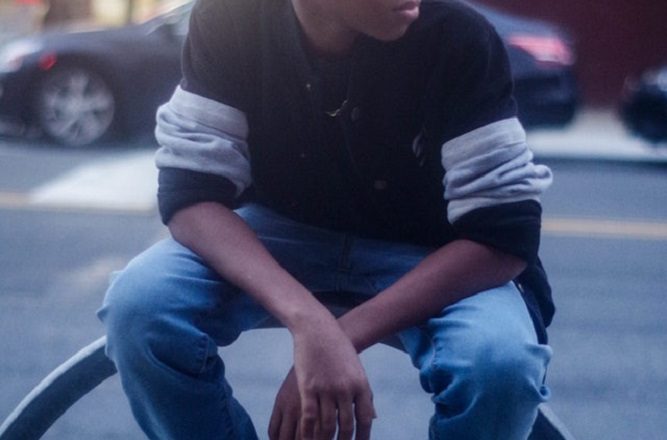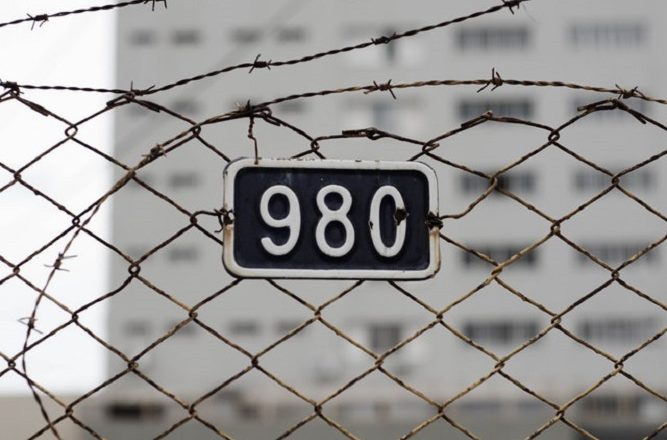Behind Decisions To Deny Black High School Students From Being Recognized As The Top In Their Class Lurks Racism
Jamel K. Donnor, William & Mary
Two Black students – Ikeria Washington and Layla Temple – were named valedictorian and salutatorian at West Point High School in Mississippi in 2021. Shortly afterward, two white parents questioned whether school officials had correctly calculated the top academic honors.
Ultimately, the school superintendent named two white students as “co-valedictorian” and “co-salutatorian” on the day of graduation.
High school seniors with the highest GPA in their graduating class are chosen to be valedictorians and are often responsible for delivering the graduating speech. Salutatorians, who are high school seniors with the second-highest GPA in their graduating class, often give the opening remarks.
The superintendent attributed the mix-up to a new school cou...

